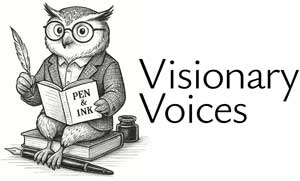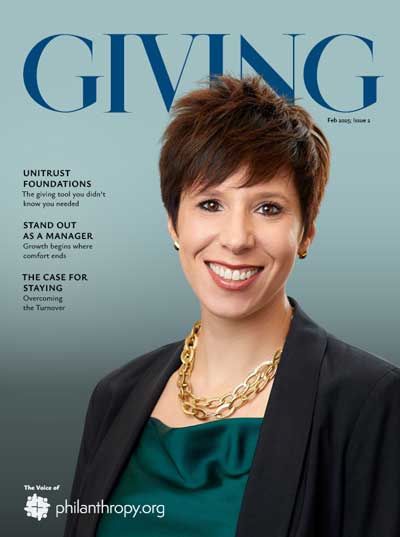As we head into the busiest weeks of the year for fundraising, it’s time to get organized, strategic, and ready to make an impact. Whether you’re preparing year-end appeals, planning outreach to major donors, or focusing on planned giving opportunities, a thoughtful approach can make all the difference for your nonprofit.
If you’re feeling overwhelmed, take a deep breath and grab a list—or make one! Because the key to a successful year-end campaign is as much about preparation as it is about execution.

Segment Your Donor Lists for Personalized Outreach
Just like a good to-do list, donor segmentation is all about organizing and prioritizing. Start by pulling updated donor lists from your CRM and categorizing them based on factors like giving history, engagement level, and connection to your mission.
-
- Major Donors: These are your VIPs. If some have been quiet recently, it might be time for a personal call or a targeted appeal. Learn more about strategies for working with major gifts.
-
- Monthly Donors: Loyal supporters are perfect candidates for a special year-end message, especially if you emphasize their consistent impact.
-
- New Donors: Use year-end giving as a chance to deepen the connection with first-time contributors through tailored messages that highlight your mission.
The more relevant and personalized your outreach is, the more your donors will feel appreciated—and motivated to contribute again to your year-end campaign.

Personalize Your Appeals
In the sea of year-end fundraising emails, generic messages quickly get lost. Instead, make your donors feel like you’re speaking directly to them.
For your top-tier donors—like board members, major donors, and key volunteers—consider handwritten thank-you notes or personalized emails. Highlight their specific contributions and show how they’ve made a tangible difference. Did their gift help fund scholarships, build a community center, or provide emergency relief? Sharing the real-world impact of their support reinforces their connection to your mission.
For more tips on personalized giving strategies, check out PlannedGiving.Com.

Appeal to Different Donor Motivations
Donors give for different reasons—your messaging should reflect that. Some may be drawn to immediate, measurable outcomes (like feeding families or funding a new shelter), while others might support your mission for its long-term community impact.
Use a mix of stories and data to appeal to these varying motivations. For example:
-
- Share an in-depth impact report with your major donors to show how their gifts are driving systemic change.
-
- Use video testimonials or photo stories in your broader appeals to create an emotional connection for newer or smaller donors.

Create a Sense of Urgency
The end of the year is hectic for everyone. Remind your donors that their contribution before December 31st can make a big difference—and is eligible for a year-end tax deduction.
Use deadlines to create urgency:
-
- “There are only 10 days left to make your year-end gift!”
-
- “Act now to double your impact through our matching gift program!”
These small nudges can encourage immediate action.

Highlight Matching Gift Opportunities
Many donors forget about matching gift programs through their employers—or don’t even know they exist. Use this to your advantage by prominently featuring matching gifts in your appeals.
For example: “Did you know your employer might match your donation dollar for dollar? Check now and double your impact!” Platforms like PlannedGiving.com offer tools and resources to simplify the matching gift process for donors and nonprofits alike.

Remind Donors of Their Impact
Year-end giving isn’t just about the ask—it’s also about gratitude. After a donor gives, follow up with updates about the difference their gift is making. Whether it’s a heartfelt email, a mid-year impact report, or a thank-you video featuring beneficiaries, these touchpoints help donors feel connected to your mission.
This ongoing relationship-building is especially important for planned giving prospects, who often look for organizations they can trust to steward their legacy. Learn more about cultivating these relationships at PlannedGiving.Com.

Measure Success and Plan Ahead
As the year wraps up, don’t forget to assess your campaign’s performance. Look at:
-
- Which donor segments performed best.
-
- The success of specific strategies, like matching gift appeals or personalized thank-yous.
-
- Feedback from major donors about their experience.
Take what you’ve learned and apply it to your next campaign. Fundraising is an iterative process, and refining your approach will only strengthen your results.
Ready to Tackle Your Year-End Fundraising?
A well-planned, personalized year-end campaign can help your nonprofit finish the year strong—and set the stage for even greater success in the future. Whether you’re focusing on major gifts, planned giving, or donor engagement strategies, the key is to stay organized, thoughtful, and donor-centric.
Need help making it happen? Reach out to Team Kat & Mouse, and let’s work together to check off every item on your fundraising list.







